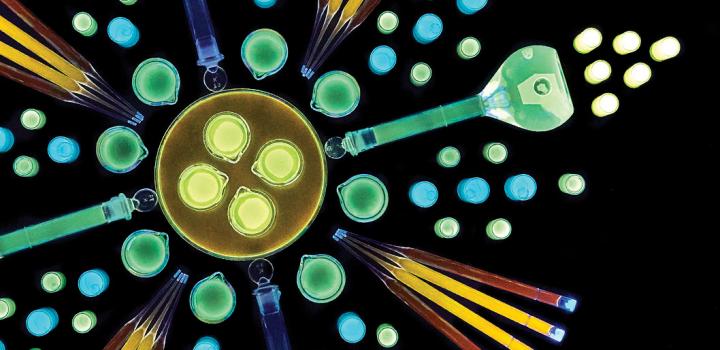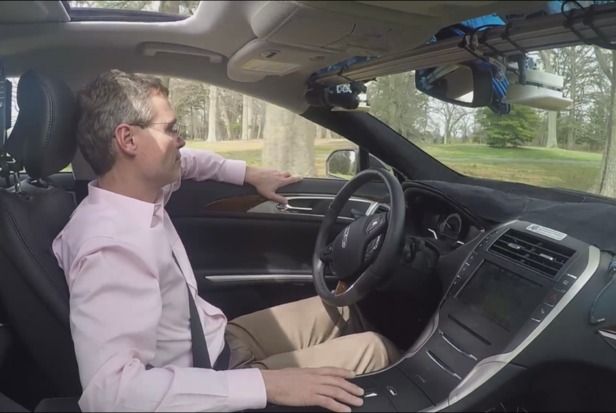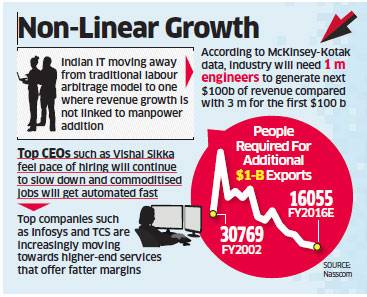May 11, 2016
Starshot Breakthrough Initiative for laser pushed interstellar nanocraft
Posted by Klaus Baldauf in categories: engineering, space travel
Breakthrough Starshot aims to demonstrate proof of concept for ultra-fast light-driven nanocrafts, and lay the foundations for a first launch to Alpha Centauri within the next generation. Along the way, the project could generate important supplementary benefits to astronomy, including solar system exploration and detection of Earth-crossing asteroids.
Breakthrough Starshot is a $100 million research and engineering program aiming to demonstrate proof of concept for light-propelled nanocrafts. These could fly at 20 percent of light speed and capture images of possible planets and other scientific data in our nearest star system, Alpha Centauri, just over 20 years after their launch.
Nextbigfuture covered the project last month when it was announced. Here is more information from the Breakthrough Initiative website.
Continue reading “Starshot Breakthrough Initiative for laser pushed interstellar nanocraft” »


















